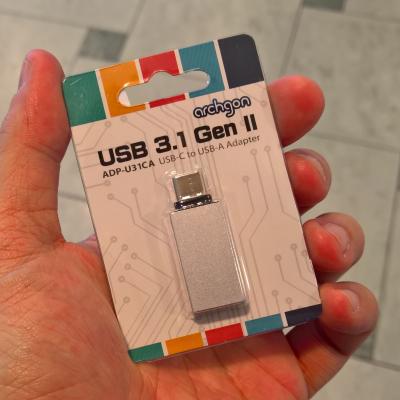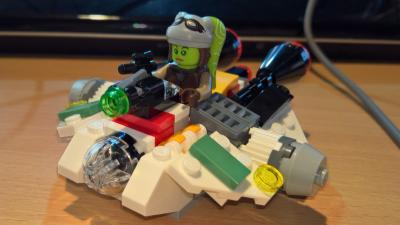So I have been trying out various hard disks, card readers, USB sticks, etc. to see what works and what doesn't.
Most thumb drives work.
Most hard drives don't work, failing without notification but the hard drive sounds liike it's not receiving enough power.
Then I plugged in a SanDisk Extreme 500 SSD
https://www.sandisk.com/home/ssd/extreme-500-ssdAnd instead of it working, or it not having a response, it popped up a mesasge saying the device wasn't supported!
Feeliing weird since.. to me it's just another USB storage I didn't think too much about it, until I got my hands on a SeaGate Backup Plus Portable Drive today, and it gave me the same message instead of failing silently.
I plugged it into my PC and found out why these 2 things were different than my other USB storage devices.
Most thumb drives are of USB Mass Storage Class devices
https://en.wikipedia.org/wiki/USB_mass_storage_device_classThey're simple and they work..
But the SanDisk and the Seagate... they show up as SCSI devices.. and I finally found out why, they are of a different type of device.. a USB Attached SCSI device
https://en.wikipedia.org/wiki/USB_Attached_SCSIWhich seems like it iisn't supported by Windows 10 ARM yet I guess, even though Wikipedia mentions that Windows 8 already had built in support for USB Attached SCSI
For performance and other reasons, we now have a different level of USB storage device.. something we probably should know as we start using these thing on more than just our computers.



 Dec 29 2015, 08:39 PM
Dec 29 2015, 08:39 PM

 Quote
Quote







 0.0326sec
0.0326sec
 0.51
0.51
 7 queries
7 queries
 GZIP Disabled
GZIP Disabled